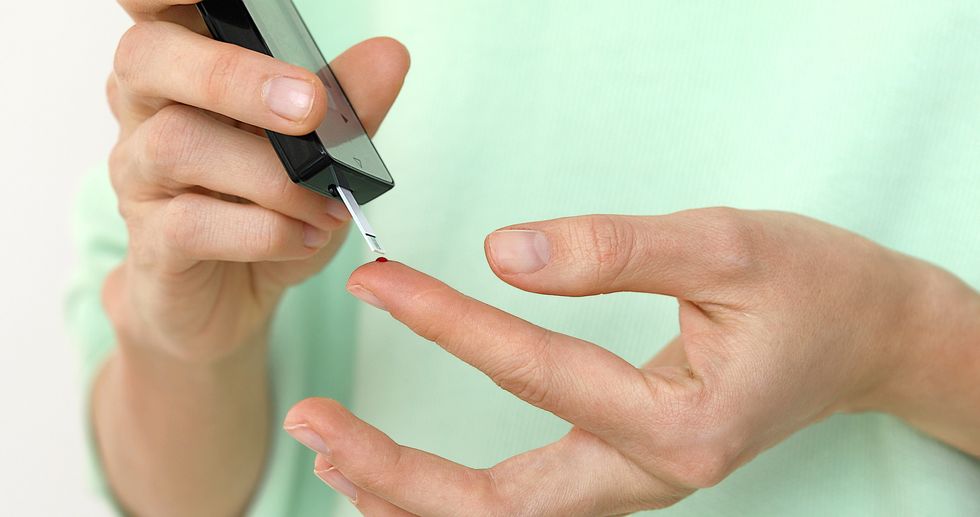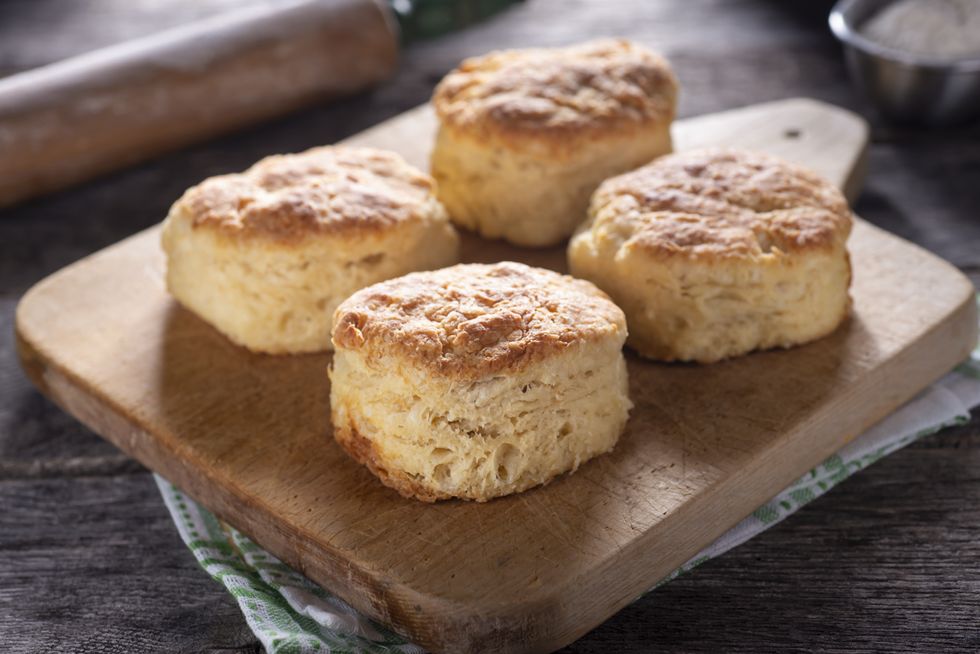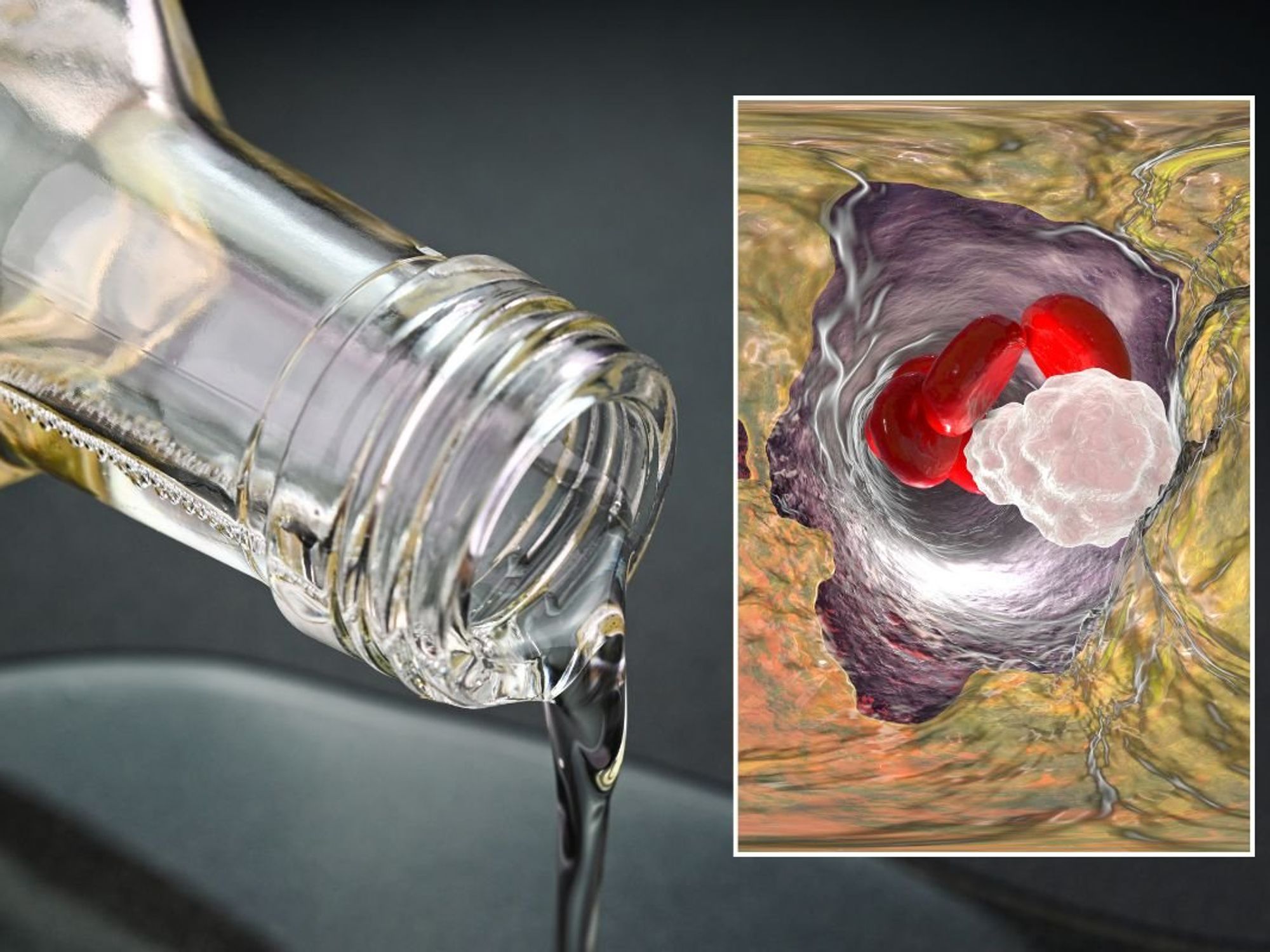'Glucose spike' after common snack could signal hidden high blood pressure - with worst offenders for blood sugar named

New scientific findings challenge current dietary guidelines
Don't Miss
Most Read
Latest
Individuals' blood sugar responses to carbohydrates differ markedly depending on their metabolic health status, with spikes in blood sugar after buttermilk bread intake potentially linked to high blood pressure.
Researchers at Stanford Medicine have discovered that foods such as potatoes and pasta affect people differently based on whether they have insulin resistance or beta cell dysfunction.
The findings suggest personalised nutrition strategies could prove more effective in preventing diabetes.
The research revealed that while many participants experienced blood sugar spikes after consuming rice or grapes, responses to starchy foods varied significantly according to each person's specific metabolic dysfunction.

Personalised nutrition strategies could prove more effective in preventing diabetes
|GETTY
The research team, led by Professor Michael Snyder and Professor Tracey McLaughlin, studied 55 participants without a Type 2 diabetes history. Nearly half had prediabetes, reflecting the condition's prevalence amongst one in three American adults.
Participants wore continuous glucose monitors and consumed identical portions of seven foods delivered to their homes: jasmine rice, buttermilk bread, shredded potato, pasta, tinned black beans, grapes and a berry mixture.
Each food was eaten twice following 10-12 hour fasts, with researchers tracking blood sugar responses for three hours post-meal.
The study also included comprehensive metabolic testing for insulin resistance and beta cell dysfunction, alongside multi-omics profiling examining triglyceride levels, blood plasma metabolites, liver function and gut microbiome data.
The research revealed distinct patterns in how different metabolic conditions influenced blood sugar responses.
Participants with insulin resistance experienced the highest glucose spikes after consuming pasta, whilst those with either insulin resistance or beta cell dysfunction showed pronounced spikes following potato consumption.
"Starchy foods were not equal; there was a lot of individual variability in which foods produced the highest glucose spike," said Dr Yue Wu, postdoctoral scholar in genetics.
Participants who spiked after eating potatoes also displayed elevated triglycerides, fatty acids and other metabolites typically associated with insulin resistance, while those whose blood sugar rose after bread consumption were more likely to have hypertension.
LATEST DEVELOPMENTS

Participants whose blood sugar rose after bread intake were more likely to have hypertension
|GETTY
Professor Snyder criticised current approaches, stating: "Right now, the American Diabetes Association dietary guidelines do not work that well because they lump everyone together.
"This study suggests that not only are there subtypes within prediabetes, but also that your subtype could determine the foods you should and should not eat."
Researchers also explored whether consuming fibre, protein or fat before carbohydrates could mitigate glucose spikes. While these interventions reduced spikes in metabolically healthy participants, they showed minimal impact on those with insulin resistance or beta cell dysfunction.
"Eat your salad or hamburger before your French fries," Professor Snyder recommended, suggesting meal sequencing remains beneficial despite ongoing research into optimal approaches.











